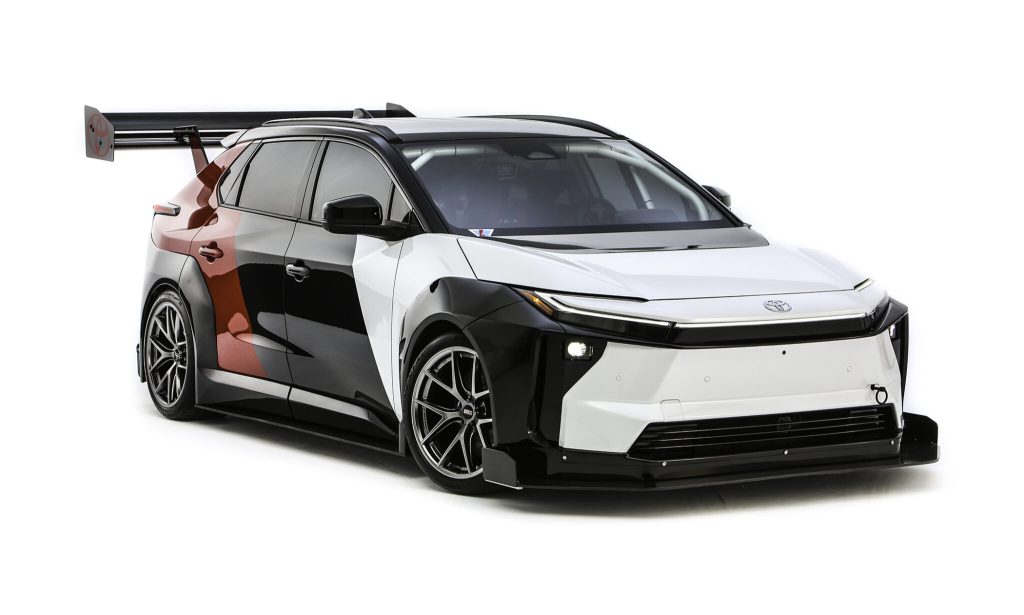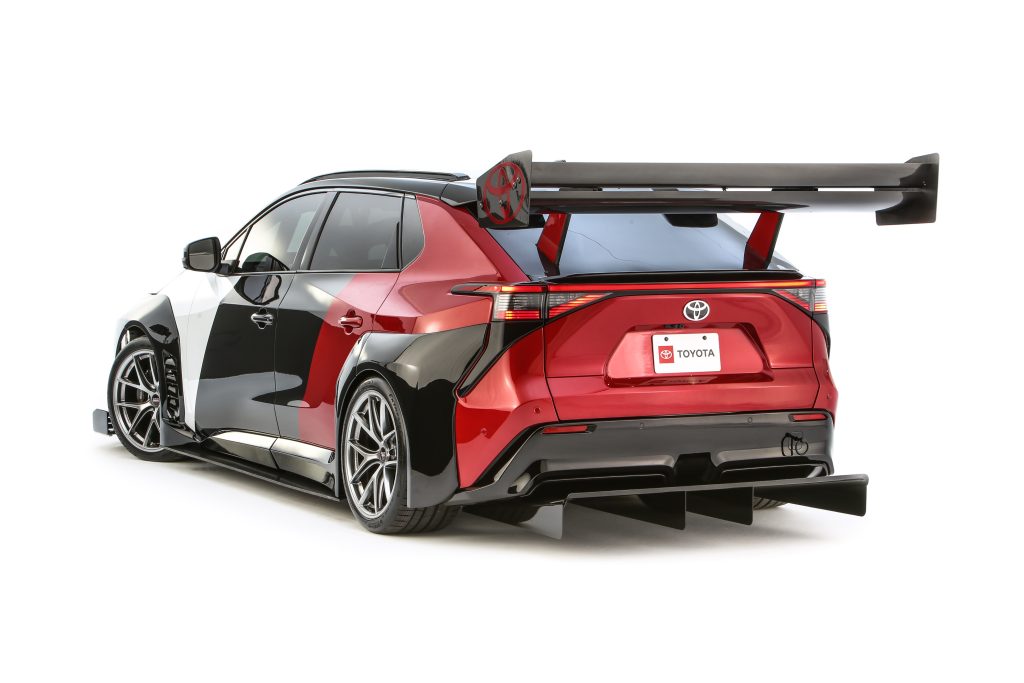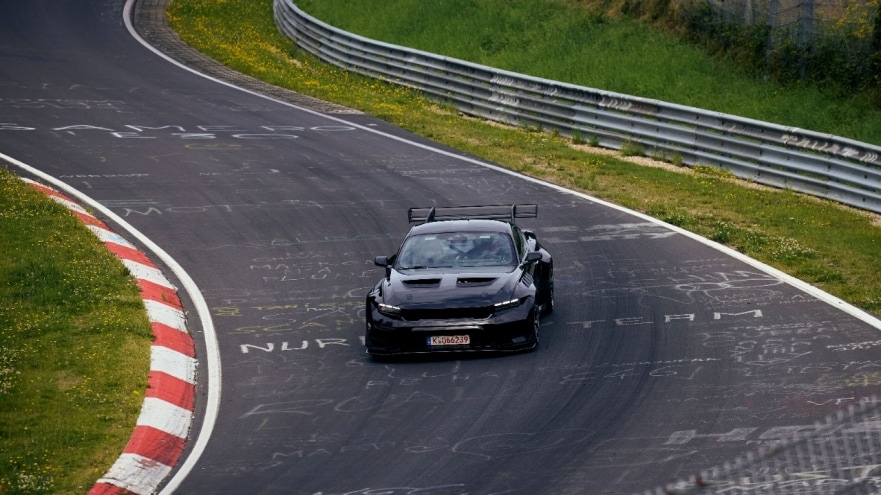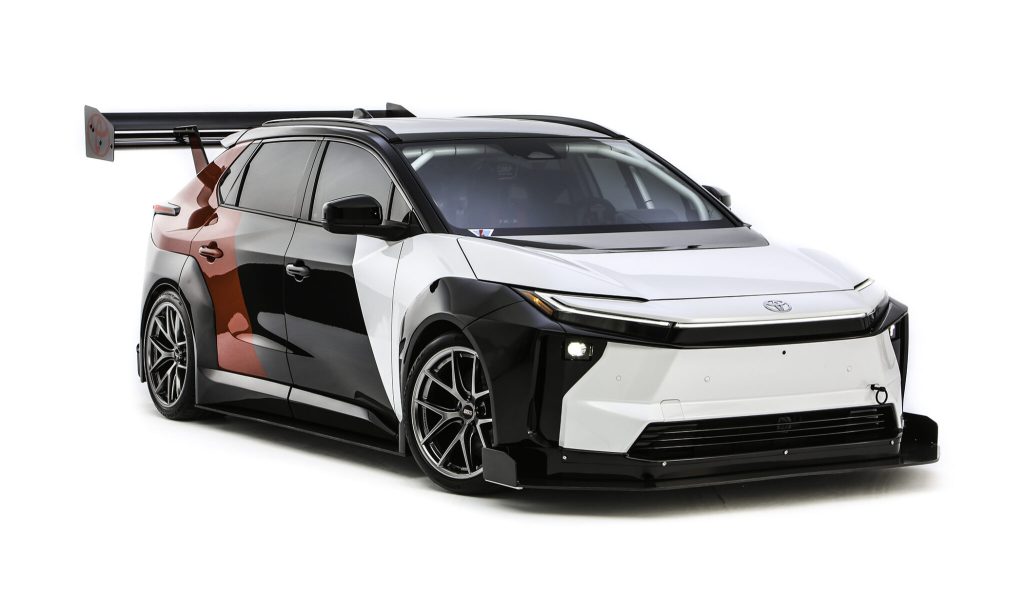Japanese automotive giant Toyota has unveiled its first battery-electric SEMA concept, the bZ Time Attack Concept, at the Las Vegas Convention Center, Booth 22200. Key components—including full-scale fender arches and aerodynamic elements—were digitally modeled, 3D printed, and hand-finished, showcasing how additive manufacturing (AM) enables rapid prototyping, precise fabrication, and flexible design for high-performance motorsports applications.
“This year at SEMA, we wanted to push ourselves into unexplored territory,” said Marty Schwerter, lead builder and director of operations at Toyota’s Motorsports Technical Center. “It’s a chance to explore, learn, and create something that shows just how much potential exists within Toyota’s BEV platforms.”
Additive Manufacturing and Engineering Approach
The concept is based on the 26MY AWD bZ, which delivers 338 horsepower and accelerates from 0–60 mph in 4.9 seconds in stock form. The Toyota Motorsports Garage team faced unique challenges, as balancing battery performance with weight distribution and integrating a widebody and full aero package on an EV platform required rethinking conventional approaches to aerodynamics, fitment, and structural durability.

“The goal wasn’t to simply create a showpiece—It was to see how far the new bZ platform could be pushed in a motorsport setting,” said Schwerter. “And that meant that we had to tackle the two biggest hurdles for any electric competition car: battery performance and aerodynamic integration.”
To overcome these challenges, Toyota R&D, TRD, and advanced suppliers combined laser scanning, CAD development, and large-scale 3D printing. Full-scale fender arches were digitally modeled, 3D printed, and hand-finished for strength and precision. Toyota’s Add Lab in Georgetown, Kentucky, led by Sr. Engineering Manager Greg Stewart and Additive Manufacturing Engineer Dallas Martin, enabled rapid prototyping, allowing multiple iterations of the custom widebody and aero system within tight deadlines. The final package lowered the ride height by six inches, widened the track by six inches, and incorporated a fully integrated rear wing, side skirts, front splitter, and diffuser.
Performance and Technical Details
The bZ Time Attack Concept rides on the 2026 Toyota bZ AWD platform, with over 300 kW (400+ hp) delivered to all four wheels via R&D-tuned electric motors and a custom ECU. TEIN coilovers and springs manage the chassis, while an Alcon braking system with Hawk pads from Toyota’s 86 Cup and Corolla TC programs ensures improved stopping power. The car also features a full FIA-spec 4130 chromoly cage, OMP HTE-R racing seats, and harnesses. It rolls on 19×11-inch BBS Unlimited wheels with 305/30ZR19 XL Continental tires, combining mechanical grip with aerodynamic downforce.

“Every SEMA build challenges Toyota’s engineering and design teams to outdo themselves from the year before,” said Mike Tripp, group vice president, Toyota Marketing. “With the bZ Time Attack Concept, the challenge was greater than ever: transforming an all-electric Toyota vehicle into motorsport reality. The bZ Time Attack Concept is not only a striking visual concept but also a serious performance contender.”
Additive Manufacturing for Automotive Applications
The role of 3D printing in automotive manufacturing is growing, as car makers target material, cost, and time savings for prototyping, tooling, and end-use parts.
In March, Japanese automotive manufacturer Honda announced it is working to increasingly integrate metal additive manufacturing into its development and production processes. It already 3D prints metal parts in house using LPBF technology, including systems from Nikon SLM Solutions. The firm claims to have accumulated AM expertise by optimizing parameters, recording material deposition to assess melting state, and monitoring temperature and laser power. Process simulation technology is also used to predict and mitigate potential deformations and improve the dimensional accuracy of its parts. Honda noted that metal 3D printing allows it to fabricate complex shapes that are impossible to achieve with conventional casting and forging techniques.
Elsewhere, Ford Motor Company, a global automotive manufacturer established in 1903, announced it is using 3D printing to prepare for its first F1 race in two decades. Set to compete during the 2026 season, Ford has already produced over 1,000 3D printed car parts at its additive manufacturing labs, including cold plates for batteries and cooling plates for other systems. These will feed into the race cars’ combustion engine and hybrid technology.

Follow 3D Printing Industry throughout the week for live updates, interviews, and analysis direct from Frankfurt.
If you would like to meet with 3DPI during the event, please contact us here.
To stay up to date with the latest 3D printing news, don’t forget to subscribe to the 3D Printing Industry newsletter or follow us on LinkedIn.
While you’re here, why not subscribe to our Youtube channel? Featuring discussion, debriefs, video shorts, and webinar replays.
Featured image shows The bZ Time Attack Concept. Image via Toyota.
